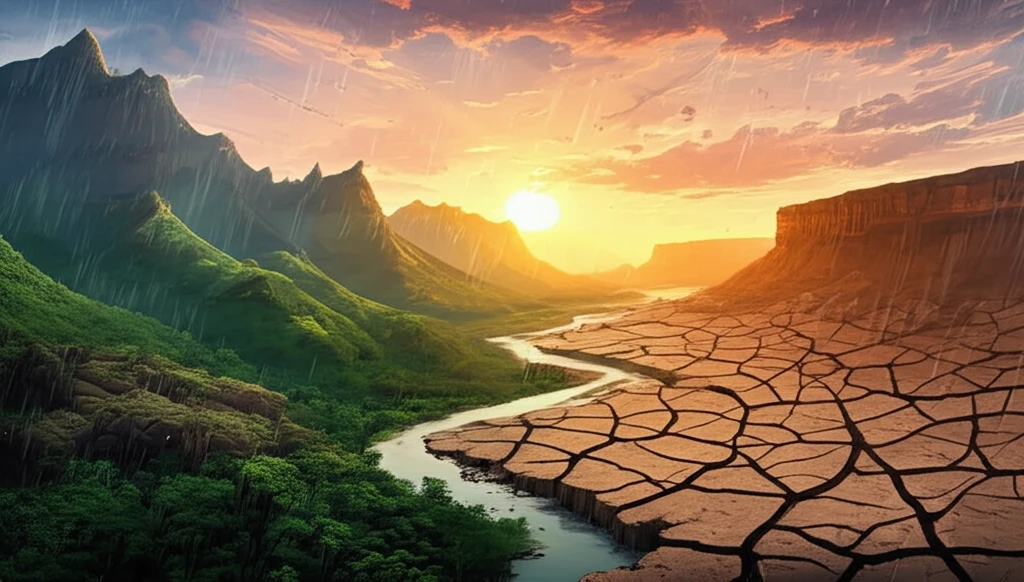
Monsoon Mayhem: How Rainfall Changes Are Rewriting India's Water Story
"Unpacking the shifting rainfall patterns in Southern Western Ghats and their surprising impact on rivers and groundwater."
The Western Ghats, a mountain range running along the western coast of India, is the lifeline for the entire peninsular region. Like a natural water tower, it captures monsoon rains that feed the rivers, which sustains agriculture and life for millions. But what happens when the rain itself starts to change?
For decades, scientists have studied the overall weather patterns in major river basins. However, less attention has been paid to how rainfall affects the smaller, more natural river systems found on either side of the Western Ghats. These unique ecosystems are biodiversity hotspots, making understanding their water systems crucial.
A new study has examined how rainfall patterns have shifted in recent decades and how those shifts are affecting the water flow of key rivers in the southern Western Ghats. This research reveals some surprising trends that could have major implications for water management and conservation.
The Rain Is Changing: A Tale of Two Monsoons

The study looked at rainfall data over the last three decades, analyzing annual and seasonal trends. The findings revealed a concerning pattern: a decrease in rainfall during the southwest monsoon season (the period of heaviest rainfall) coupled with an increase in rainfall during the northeast monsoon.
- Decreasing rainfall in the southwest monsoon.
- Increasing rainfall in the northeast monsoon.
- Declining water flow in rivers that depend on the southwest monsoon.
- Changes in how efficiently rainfall translates into river flow.
What Does This Mean for the Future?
This study highlights a critical need for better water management strategies that take these changing rainfall patterns into account. Traditional approaches may no longer be sufficient. The research suggests a shift towards more localized water conservation methods. Techniques like rainwater harvesting and the construction of small farm ponds can help capture and store water during periods of intense rainfall, allowing it to slowly replenish groundwater reserves and sustain river flow during drier periods. Ultimately, adapting to these changes is crucial for ensuring the long-term water security and ecological health of the Western Ghats region.
